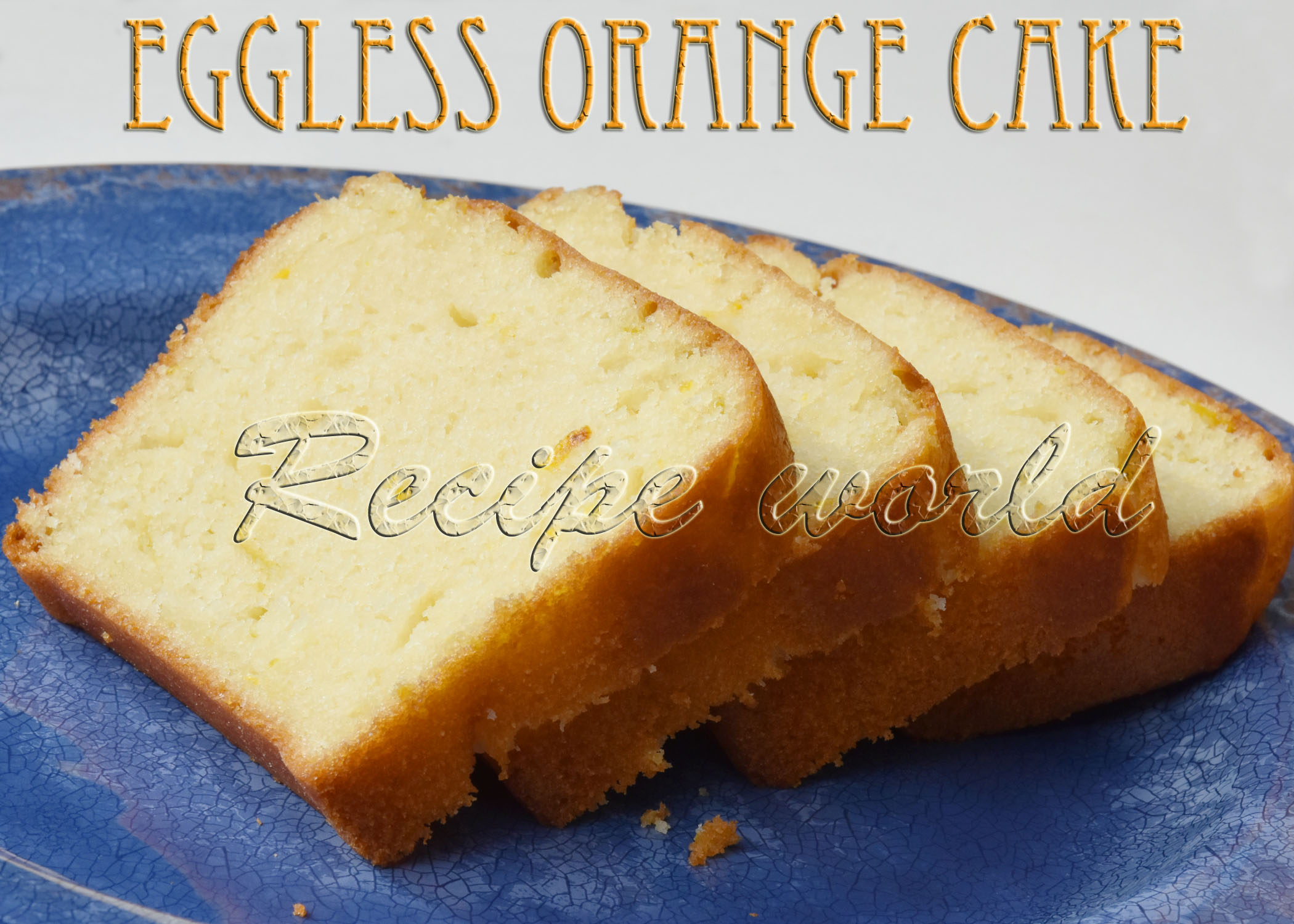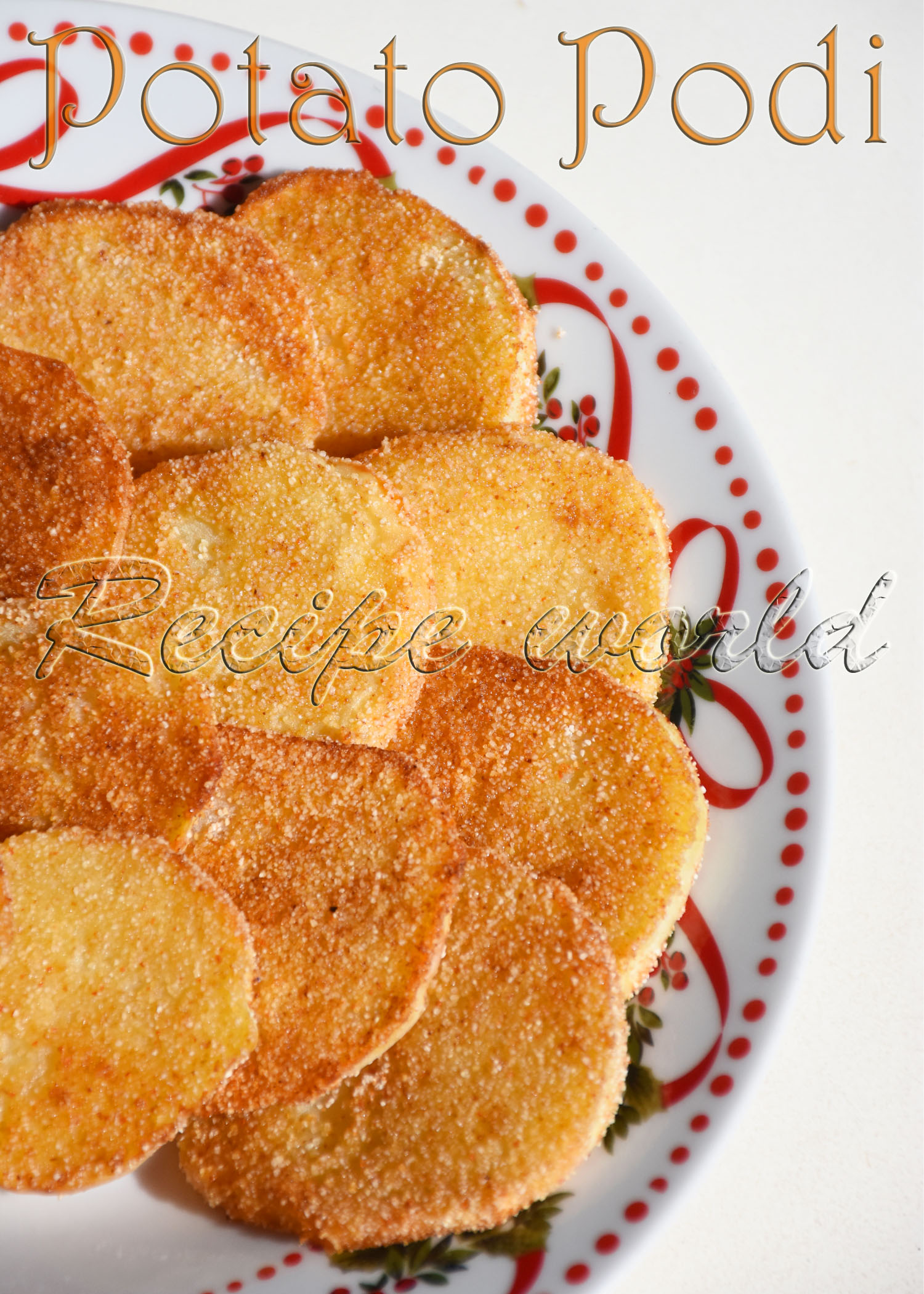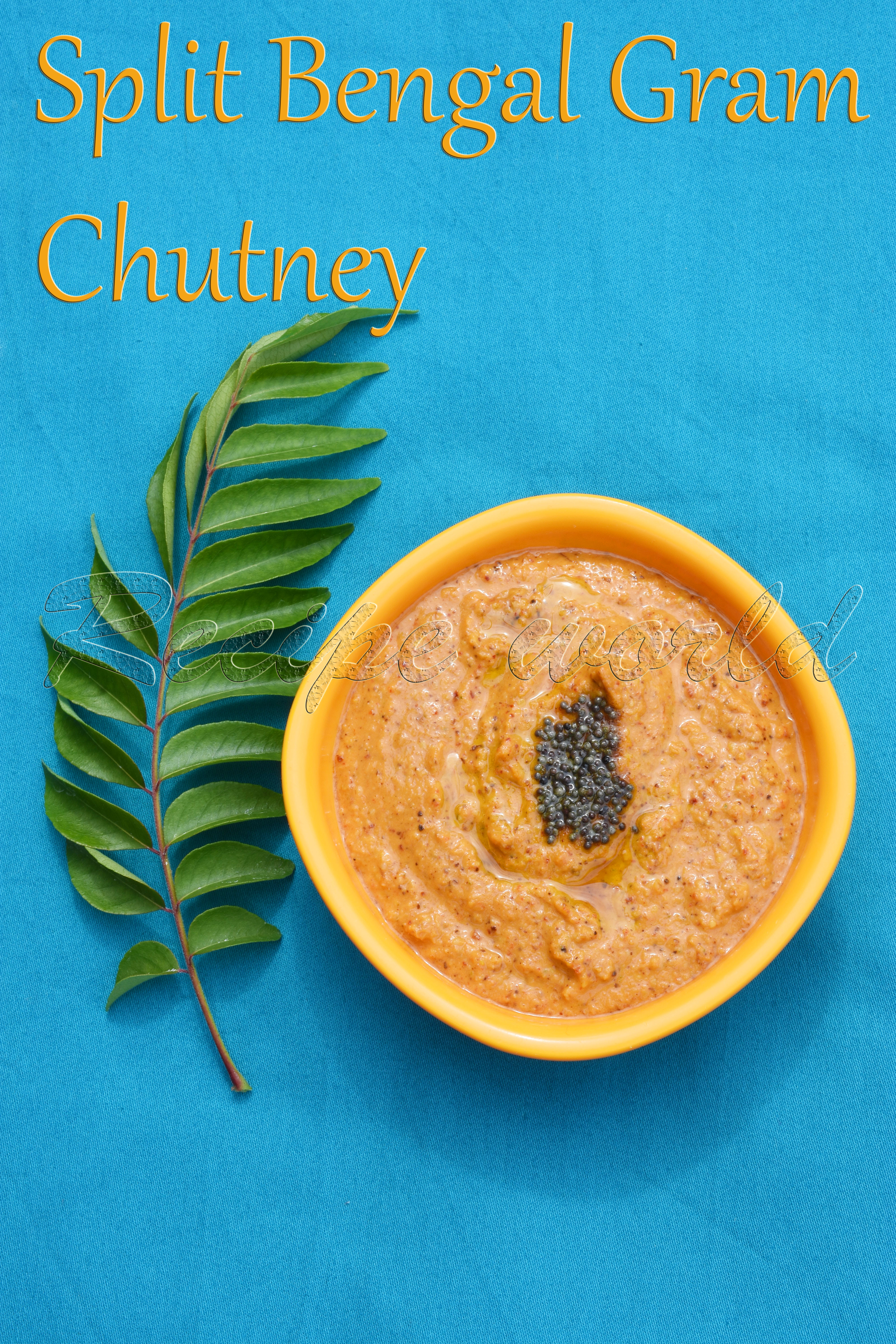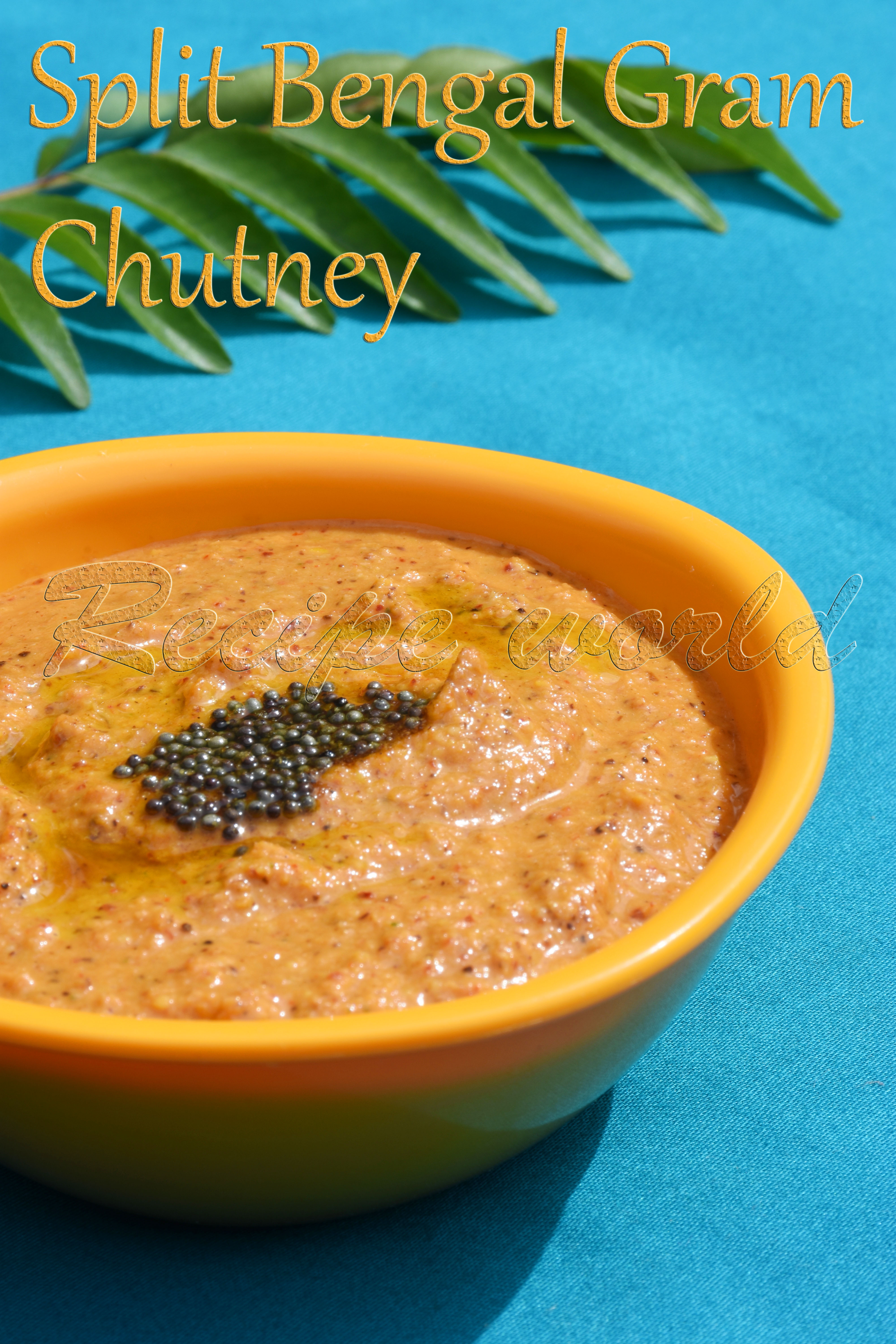Balekai or plantain is one of our family favourite vegetables. We get raw banana or plantains once in a while in the Indian grocery stores here. We love different dishes made using plantains in our native style.
I had brought raw bananas after a long time during my recent grocery shopping. My daughter requested to prepare Banana chips since its her all time favourite. Hence, I had to make some Banana / Plantain Chips for her. One dish we never want to miss is Plantain Palya / Poriyal / Fry / Thoran.
Here is the recipe of Havyaka Style Balekayi / Plantain Palya for you all!
Difficulty level: Medium
Serves: 4 - 5
Ingredients:
- Medium sized plantains - 3
- Grated coconut - 3 tbsp (fresh / frozen or desiccated coconut)
- Green chilli - 1 (according to taste)
- Salt - to taste
- Sugar - big pinch
- Lime squeeze - 2 tbsp or to taste
- Curry leaves - 1 string
- Dry red chilli - 1 inch piece
- Urid dal - 1 tsp
- Mustard seeds - 3/4 tsp
- Hing / Asafoetida - generous pinch
- Turmeric powder - 3/4 tsp
- Cooking oil - 2 1/2 tbsp (use Coconut oil for authentic Havyaka taste)
- Water - 4 to 5 cups (to cook the bananas)
Recipe Instructions:
- Heat 4 - 5 cups of water in a pan. Add 2 - 3 drops of oil to avoid stickiness. Once the water is hot enough, add the whole plantains and cook for 8 - 10 minutes or till they are nearly cooked, but still firm. Once cooked, their skin will turn darker brown and plantains will be a bit soft than before.
- Take out the cooked plantains and allow them to cool.
- Peel the skin and grate the plantains using a grater.
- Take the grated plantains in a mixing bowl. Add grated coconut, salt, sugar and lime juice for taste.
- Heat 2 1/2 tbsp oil in a heavy bottom pan for seasoning. Once the oil is hot, add red chilli, urid dal, mustard seeds and hing. When mustard seeds start spluttering, add turmeric powder, slit green chillies and curry leaves. Sauté it for half a minute.
- Add grated plantain to the seasoning and mix it well. Close the lid half way and cook it for 5 more minutes.
- Serve it as a side dish with Rice, Sambar and Curd.
Tips:
- While cooking, if the plantains became softer than required, wash them in cold water immediately. This will avoid them from becoming smoother again.
- Lime squeeze can be replaced with Aamchur powder / Hulipudi.

















































